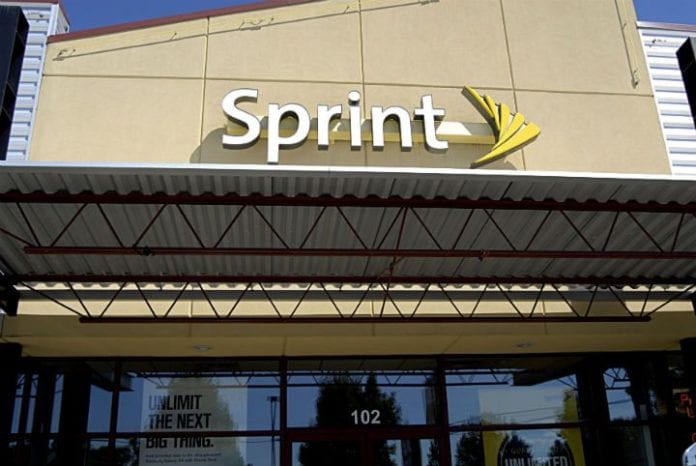Sprint added 405,000 postpaid subscribers during the final calendar quarter of 2016, and noted its net postpaid phone additions of 368,000 were the highest in four years. The carrier said this marks the ninth consecutive quarter of year-over-year improvement in postpaid net phone additions and said it had added more postpaid phones than AT&T Mobility or Verizon Wireless for the fourth quarter in a row.
The company posted $8.5 billion in revenue for the quarter, and $311 million in operating income. Sprint said it has eliminated more than $1.6 billion in costs since March of 2016, and is on track to cut $2 billion by the end of its fiscal year, which is two months away. Sprint reported adjusted earnings before interest, depreciation and taxes of $2.5 billion, an improvement of more than $500 million year-over-year. Investors celebrated Sprint’s news today, pushing the stock up 5% in early trading.
“Sprint is turning the corner,” said CEO Marcelo Claure. “Even with all the aggressive promotional offers from our competitors, we were still able to add more postpaid phone customers than both Verizon and AT&T while continuing to grow revenues, take costs out of the business and improve the network.”
The Sprint network has recently received better marks from RootMetrics, although Verizon Wireless still dominates. In its earnings release, Sprint said that newly developed “high performance user equipment” can extend the coverage of its 2.5 GHz spectrum by up to 30% to nearly match its mid-band 1.9 GHz spectrum performance on capable devices, including indoors where the majority of wireless traffic is generated. The company expects HPUE-capable devices to be available in the coming months.
Sprint also said its LTE Plus network, which includes two-channel carrier aggregation and antenna beamforming, is now available in more than 250 markets, with three-channel carrier aggregation deployed in more than 100 of those markets.
On its earnings call, Sprint said it can use software to upgrade its radio equipment to three-channel carrier aggregation, meaning the carrier often does not have to pay a tower technician to visit the site. This is one of the reasons Sprint says it is able to improve its network while decreasing capital expenditures. Sprint shocked many analysts last year when it said capital expenditures would be just $3 billion this year, and now the carrier is saying it will actually spend between $2 billion and $2.3 billion.
Follow me on Twitter.

